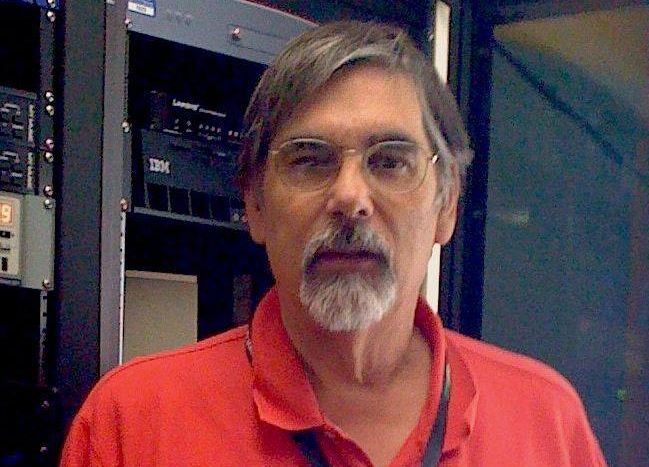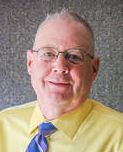Readers Talk About the State of AM
The article on whether AM is doomed or salvageable brought some reaction from the BDR community. We would like to share some of these thoughts with you.
Bill Putney is first up, followed by Dave Krause
 Bill Putney writes:
Bill Putney writes:
Do you think rural people depend on AM radio for emergency information? That seems like a stretch to me.
Most viable AMs are members of chains, and all that programming is from thousands of miles away. They moan if they must carry EAS and they make no effort reach out to local emergency managers.
There’s only one locally programed AM on the largely rural Olympic Peninsula (KONP). They have one part time news guy. That’s a station that’s been there for a very long time. It doesn’t carry very far with the existing noise level. That station is in Port Angeles. There is a community FM in Sequim, 13 miles away. They have KONP as a monitoring assignment. The only way they can monitor KONP is over an Internet stream. If Congress mandates AM radios in cars, they need to mandate shielded loop antennas to go with them.
Where are all these constituents that must have AM? The only AMs left are the big chains that don’t have local emergency ties. AM chain owners keep getting what they ask the FCC for, to their own ultimate detriment. Meanwhile, the FCC is not paying attention to enforcement of the regulations they have in place to keep the noise floor in check that might help keep AM viable.
AM is too expensive to operate and maintain and especially in rural areas. Local revenues just don’t cover it. If your revenue isn’t local, where’s the sales incentive to tying yourself into local people’s lives.
Meanwhile, Congress through the FCC has starved the only viable rural broadcast public information service out there, FM. They’ve given away FM spectrum to the same chains that make AM useless as an emergency information resource. They’ve created a bunch of new ersatz full-service FM’s/interference sources without adequate engineering. They haven’t had an FM translator filing window in about 2 decades and they let urban AMs move the rural translators 200 miles away to more lucrative urban areas without any way to replenish the lost rural capacity.
The FCC, The AM chain owners and Congress should hide their faces in shame. Where is the concept of “Operating in the public interest.” gone? This regulatory agency is a captive of the businesses it was intended to regulate. The FCC now operates only in the corporate interest exclusively without even a pretext of public service.
We had “AM Revitalization”, that had no revitalization. Now we have another plea to save investors from themselves and bill the American public for it. I don’t mind dictating to the car manufacturers, but at least seat belts save lives. Forcing them to keep AM radios in cars just means, if you happen to be driving by an AM station when disaster strikes, you may hear about it. If this was an effort to do something about saving AM, I’d be 100% behind it. But it’s just legislation to keep a well-funded special interest going while charging every new car purchaser $100 for something they will never use. AM’s get to tell advertisers that there are still all those cars out there hanging on every word. Emergency information?
We’re going to have regulation to keep AM radios in cars, but no regulation to require that AM stations staff and equip themselves to support the local emergency information service. Seems very one sided and the public isn’t the beneficiary.
— Bill Putney – WB6RFW – is Chief Engineer for KPTZ, and a private pilot who does airfram & powerplant inspections.
 David Krause writes.
David Krause writes.
I think ideas for a big picture solution have to come from organizations such as yours, but eventually directed from the top down, with the FCC and other agencies involved. I did not know about the FEMA grants to the major EAS primaries, but it certainly is a good start.
My background is thirty years in broadcast , with a bit of everything, including 21 years of hard labor in sales. I am currently finishing a consultancy in Amsterdam, NY, with a little four station – eight signal company (about 100 miles from my home outside Syracuse in Liverpool, NY), working with a team of three who came in together to work the automation, engineering, legal, some sales, community engagement, etc.
I think one area of agreement (regarding AM radio) is that the national interest is best served by having accessible, interference free (or minimal), disaster and EMP proof wide area signals, in turn best served by preserving and enhancing our 50 kW AM stations, some 5 – 10 kW’s, because – when everything else goes down – which many say we are possibly only a step or two away from – that is all we have.
With an apology for making this sound simple, we (the US) change the name of “AM” to ” THE EMERGENCY BAND ,” using 540 to 1220 kHz. Allow AM’s under 5 kW or any above 1220 kHz with translators to silence the AM’s (most would, I predict), leaving the big boys to spread out a bit, and get increases up to 100 kW. Remaining stations would be re-allocated, similar to FM or earlier in the AM days. This EMERGENCY BAND would be required on all receivers, mobile and fixed, maybe even on TV sets. Objective would be to have a minimum of two “mega stations” per market, up to several in bigger population areas. For example, 90% of the US population able to receive at least 2 signals, at a minimum .5 mV. Work out a transition time to get to a MA3 type of digital – you are not going to change the RFI problem otherwise. Yes, the government would have to assist and probably oversee, much like the early days of CONELRAD. It has to be thought of in that way if it would ever work.
This is not an AM revitalization, (although the remaining stations could stay commercial), it is a possible solution to a major national concern, which is no communication during a national emergency. It needs to be approached as such.
What do you think of this as a topic for a Thursday Lunch Gathering? Let everyone chime in, if there were basic agreement, approach the NAB, SBE, and some other organizations.
Houston, we have a problem, this is one maybe us old radio guys can help solve.
— Dave Krause is a radio consultant engineer who resides in Liverpool, NY
